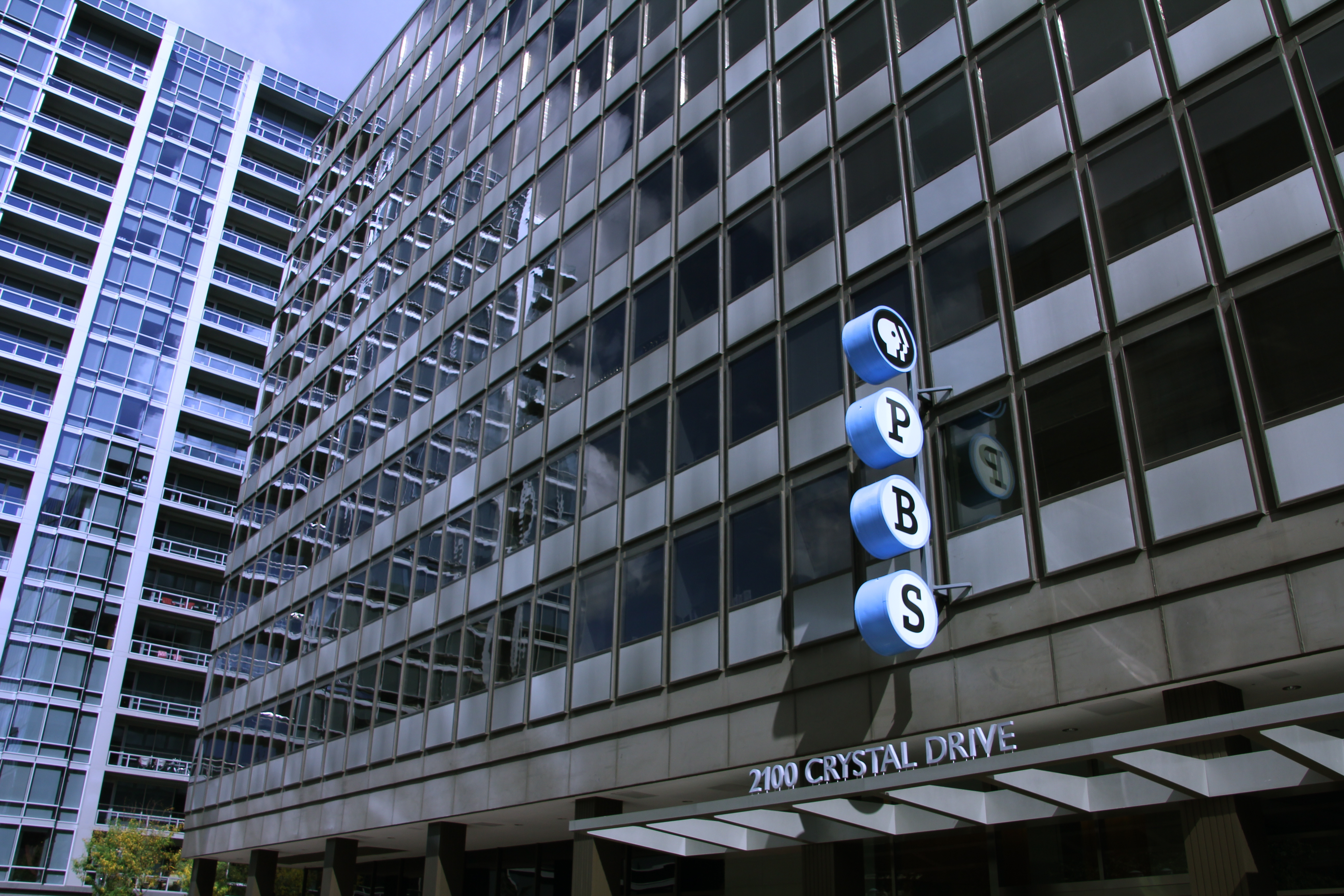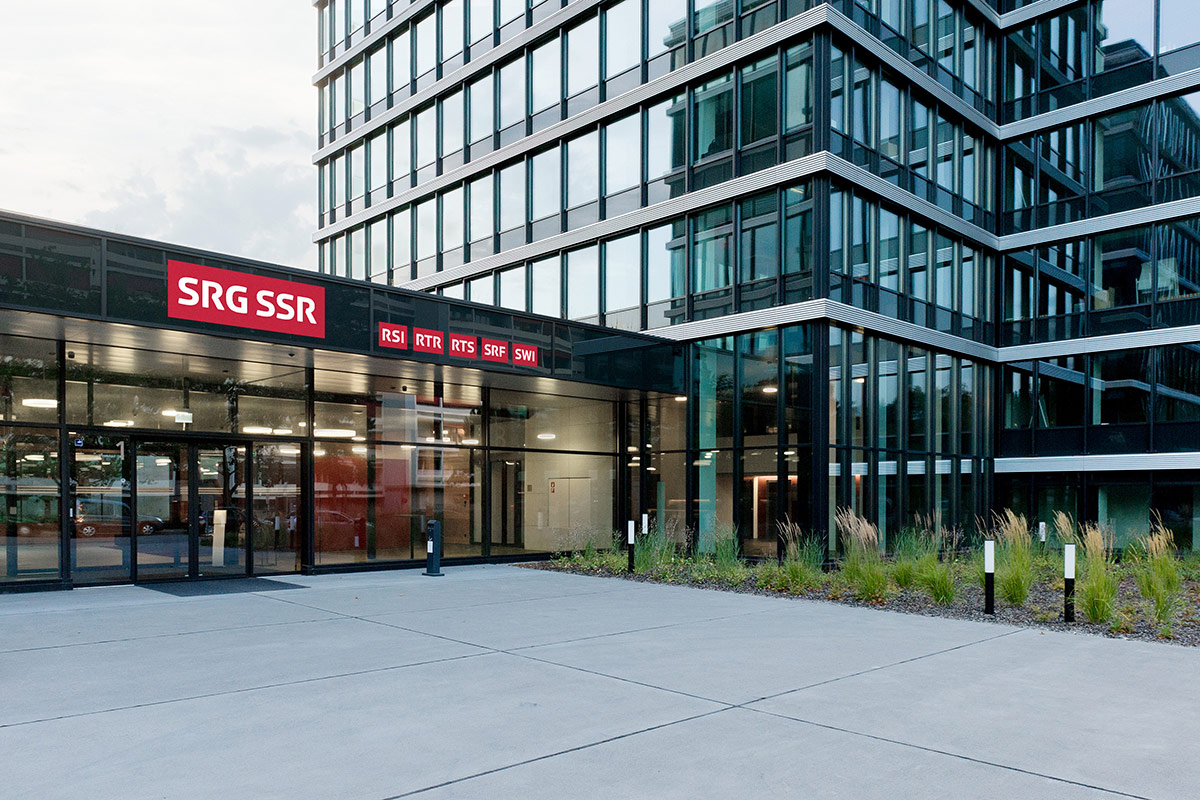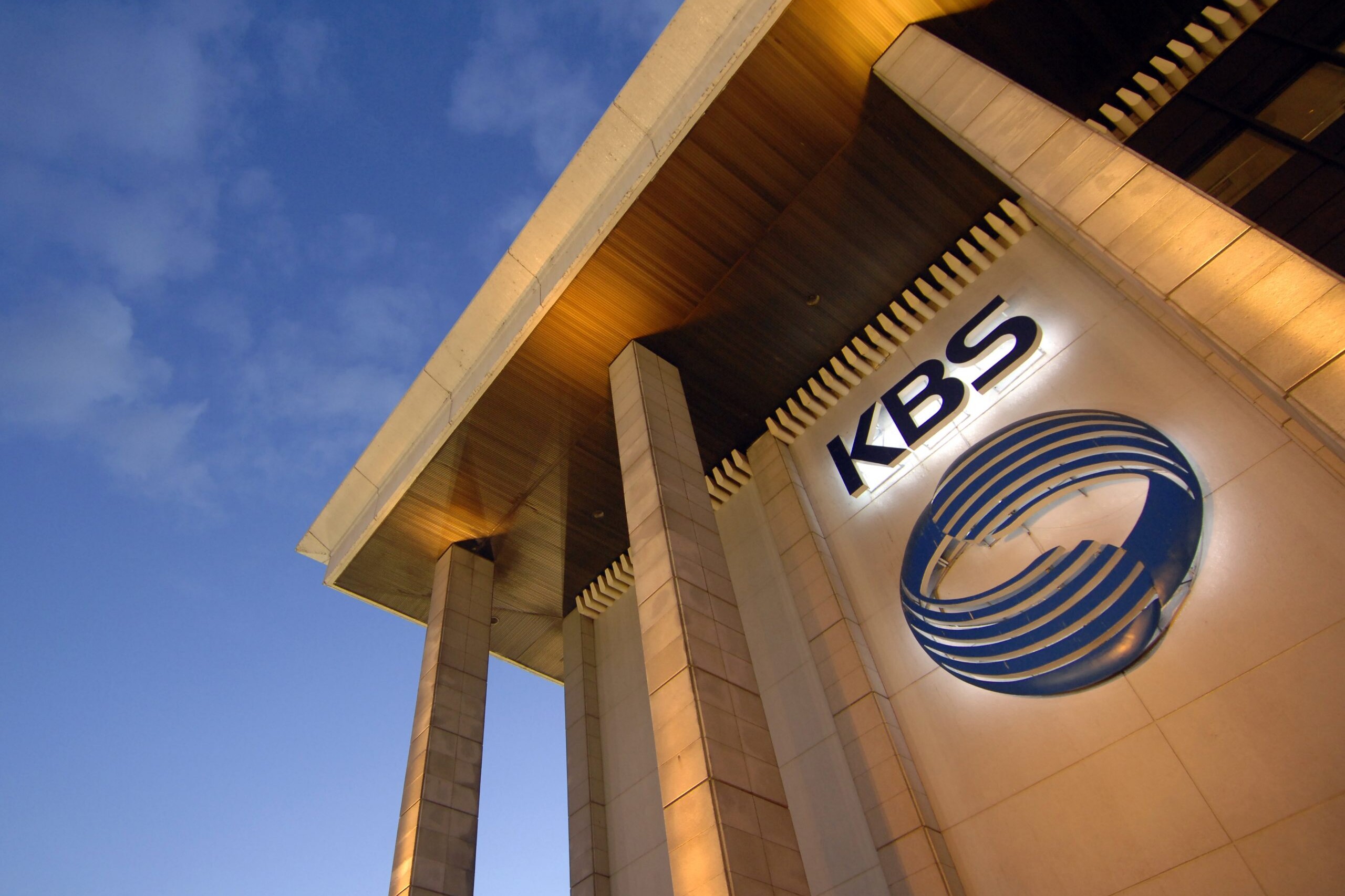The PMA Briefing
Cuts implemented, threatened, and rejected
19 August 2025
While American public media – national and local – announce cuts and downsizing; Czech public media is threatened with a funding drop; but Swiss public media gets a boost as the Council of States reject a proposal to cut funding. PLUS: RNZ faces turnaround strategy after harsh review.
US: PBS, APMG, local stations announce cuts; NGWS ended
The national television broadcaster, PBS, will reduce its budget by 21 percent, following last month’s rescission of federal funding. It will also reduce dues, which are paid by member stations, by $36 million in 2026. In an internal memo, reported by The New York Times, chief executive Paula Kerger said, “We recognize that even with the dues reduction, adjusted payment schedule and efforts to raise funds for initial financial stabilization, we all face hard choices about the future.”
PBS is not the only organisation making difficult decisions with the loss of federal funding and the demise of the Corporation for Public Broadcasting – the independent nonprofit which used to distribute federal funds. NPR in July said its budget would downsize by $8 million, while the American Public Media Group has laid off 30 staff members. Regional stations such as New Jersey PBS and Florida’s WTIF have both announced cuts. Additionally, the CPB said it will be closing the Next Gen Warning System grant programme, which equipped stations with the tools and capacity to respond in the event of disasters.
However, $26.5 million has already been raised by a group of philanthropists who have united in an attempt to help local member stations survive. $10 million is coming from the Knight Foundation, with the group seeking to raise $50 millionl by the end of the year.

Switzerland: Licence fee cut rejected by Council of States
A proposal to drastically cut Switzerland’s public media licence fee has been rejected a second time, meaning it’s now opposed by both houses of the Federal Assembly (made up of the Council of States and the Federal Council). The initiative had proposed reducing the fee from 335 francs down to 200, but the Council of States’ Transport and Telecommunications Committee rejected it by 12 votes to one. There is a counter proposal, put forward by the Federal Council, which would see a phased-reduction in the licence fee to 300 francs by 2029.
Despite the rejection of the more radical cuts, Swiss public broadcasters are still preparing for sizable reductions, last month announcing significant restructure plans which will see hundreds of jobs cut.

Czech Republic: Former Czech TV head fears for public media funding
A former head of Czech Television has expressed concerns about the future of public media, ahead of parliamentary elections in which several parties have proposed the abolition of the current model. “I see a rather pessimistic scenario, namely that there will be an effort to put Czech Television and Czech Radio in a situation where there will be a tendency to reduce their budget a little, so that the two institutions think about how they will operate in the future and for whom,” Petr Dvorak told the Dobrovský & Šídlo podcast.
The elections are due to be held at the start of October, with the former Prime Minister, Andrej Babiš’ ANO party leading polls. ANO, as well as the far-right SPD and the left-wing nationalist coalition Stačilo! have all proposed abolishing the current licence fee funding system, which earlier this year, was increased for the first time in a decade. The alternative would see public media funded through the national budget, raising fears it would be a similar takeover of public media as happened in Slovakia.

New Zealand: New target audience and new direction for RNZ
An independent review, authored by RNZ’s former Head of News Richard Sutherland, has recommended a ‘turnaround strategy’ for the public broadcaster. It comes amid falling listener numbers – from a cumulative audience of more than 600,000 in 2021, to nearly 470,000 this year – which Sutherland said “feeds the idea RNZ is sliding into irrelevance”. The review found, among other things, that staff lacked a clear sense of who the audience was, that some people “should not be on air”, and there was “low ambition” amongst staff.
In response to the review, RNZ’s chief executive Paul Thompson told staff, “We now need to take a different approach”, adding that some actions had already been confirmed. RNZ’s new target audience will be broadly 50-69, male and female. A Chief Audio Officer will be appointed, and there will be an expanded presence in Auckland, with RNZ due to move into TVNZ’s current offices. There will also be an emphasis on improving on-air quality of staff.
While RNZ said the strategy was not about reducing staff numbers, there would be a focus on making sure “every part of RNZ National needs to work for the available audience – and will be reviewed to ensure that is the case.”

Featured Image: A Czech TV van, in Prague. Credit: Harry Lock
Related Posts
12th August 2025
Contrasting future for international public media | The PMA Briefing
Voice of Nigeria looks to a digital…
5th August 2025
Reforms needed, promised, and enacted | The PMA Briefing
South Korea has passed a bill reforming…
22nd July 2025
A consequential week for public media | The PMA Briefing
From defunding and media mergers to…


